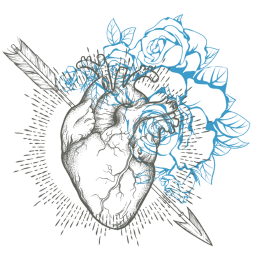Imagine stepping into the footprints of one of our oldest ancestors, who tirelessly roamed vast expanses of land – completely without the modern, cushioned runners that dominate our shoe shelves today. This idea is not so far-fetched, as in the world of barefoot running, we recognize a return to an ancient, natural form of movement. But what would be the health benefits if we simply set our shoes aside today?
Barefoot training means forgoing the wearing of shoes while running or participating in sports. Originally, barefoot walking was the natural mode of locomotion for humans, and many argue that it helps us return to our roots. Shoes, especially those with springy cushioning and stabilization, are foreign to natural running. In fact, a shoe alters the natural gait cyclesequence of leg movements during walking or running by shifting the impact to the heel area. When walking barefoot, the forefootfront part of the foot is primarily utilized, reducing stress on the knees and improving balanceequilibrium.
Barefoot running offers several health benefits. Studies show that running without shoes increases cadence and enhances energy absorption at the ankle joint. This is more beneficial for the body, as knee stability increases and the risk of injury can be decreased [1]. Moreover, barefoot running promotes the strengthening of the foot musclesmuscles of the foot, improving balance and making the feet more resilient. Long-term benefits such as the prevention of back pain through a more natural posture are also possible.
A significant study suggests that barefoot training coincides with a transition to a forefoot strikelanding on the front part of the foot instead of the heel, which lowers the vertical load rate and ensures that less energy is absorbed in the knee joint [1]. The evidence indicates that the choice of running techniquemanner of the entire movement sequence during running is more critical for injury reduction than the type of shoes. The quality of these studies is high, as comprehensive biomechanical measurements and clinical outcome analyses have been conducted. However, it remains important to consider potential transitional risks, as minimalist footwear can also impose greater stresses on the ankles if the adjustment is not gradual.
Start with short barefoot runs on soft, safe terrain to gradually acclimate your body to the new running style. Focus on a gentle forefoot strikelanding on the front part of the foot. Strengthen your foot musclesmuscles of the foot with simple exercises such as toe raises or arch exercises before increasing your running distances. These measures can help minimize potential injury risks while you benefit from the advantages of barefoot training [1].
Barefoot training might be the secret ingredient to rediscovering natural strength and movement efficiency. With the right approach and a gradual adaptation to this technique, you can strengthen your body while minimizing injury risks. Let’s return to our roots together and feel the ground beneath our feet!
This health article was created with AI support and is intended to help people access current scientific health knowledge. It contributes to the democratization of science – however, it does not replace professional medical advice and may present individual details in a simplified or slightly inaccurate manner due to AI-generated content. HEARTPORT and its affiliates assume no liability for the accuracy, completeness, or applicability of the information provided.













